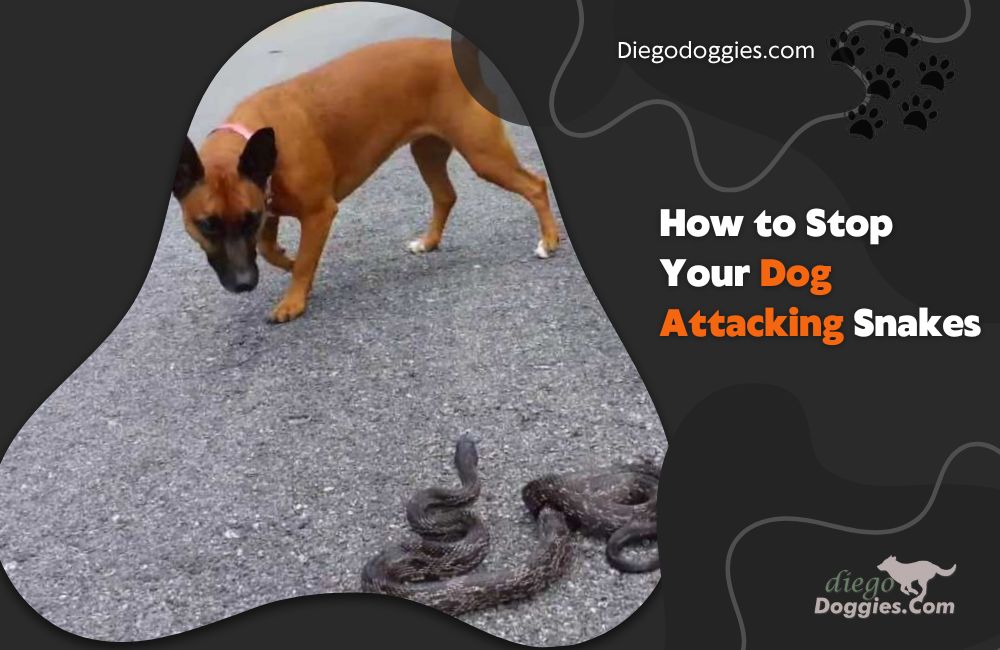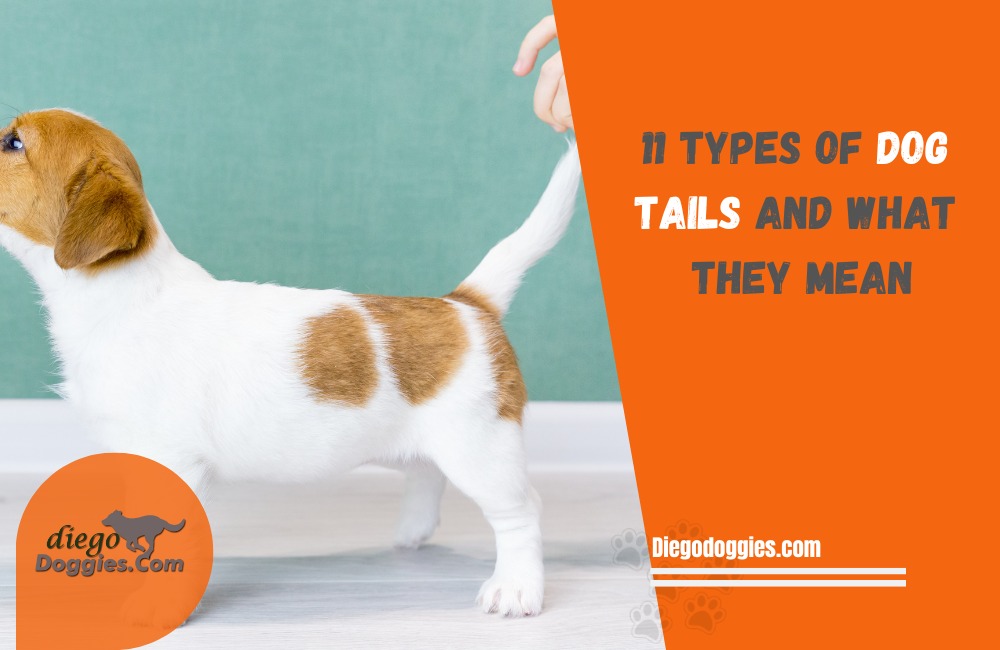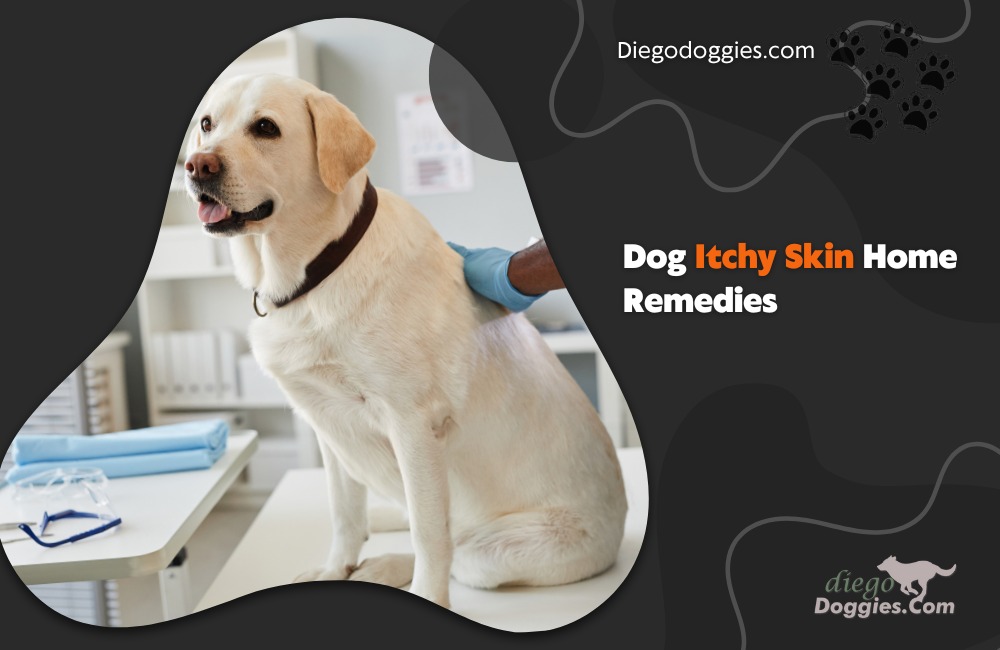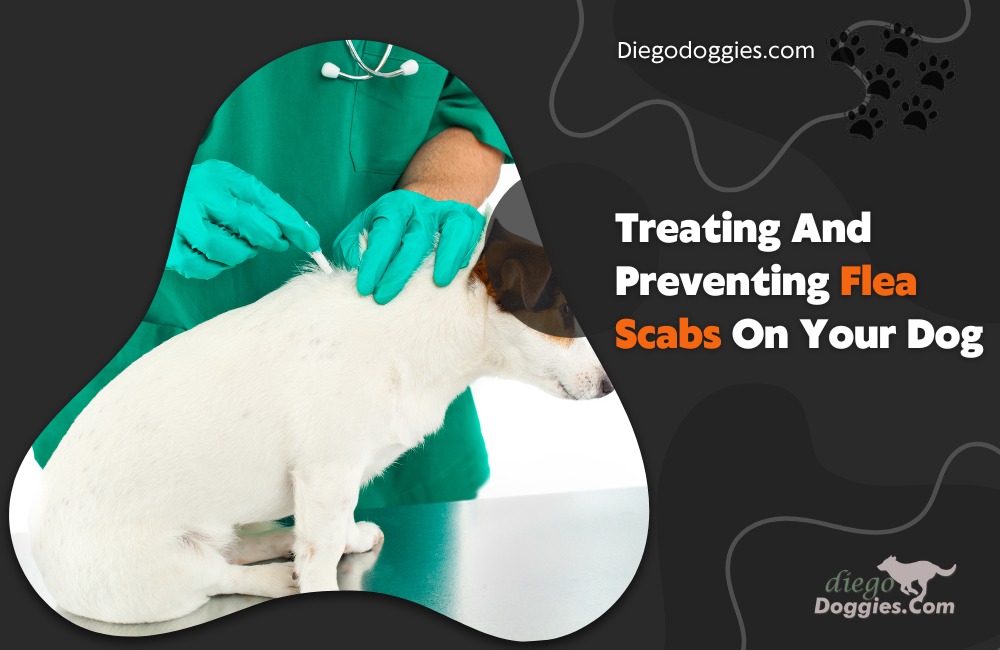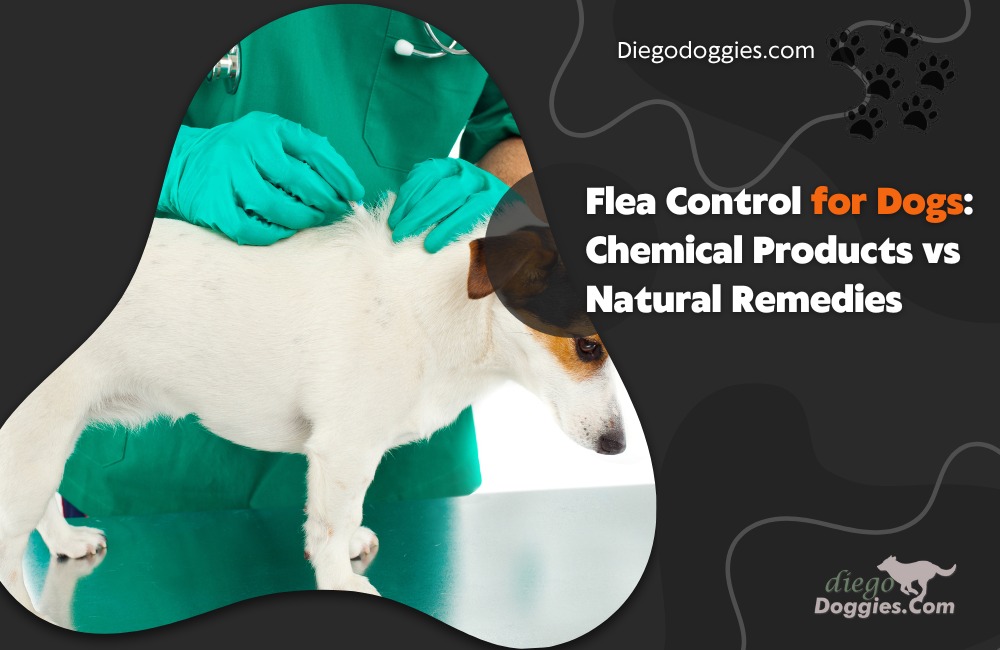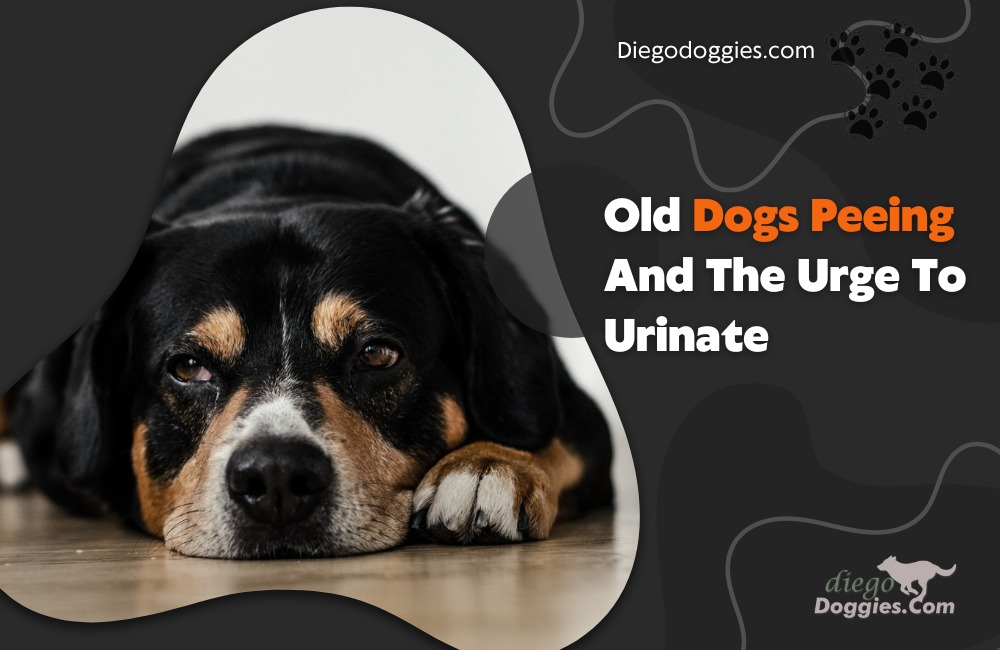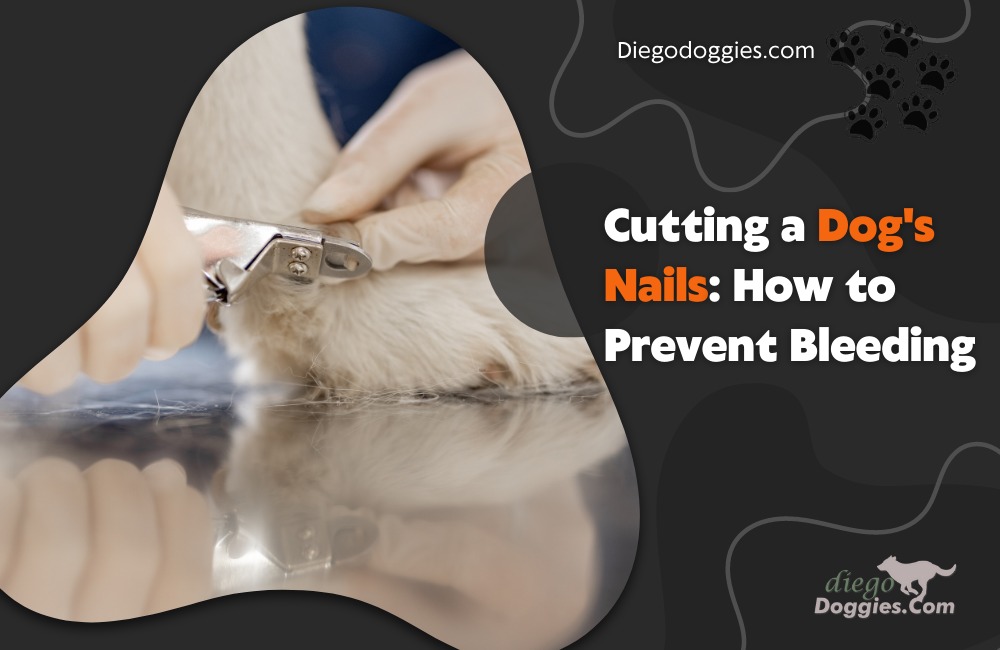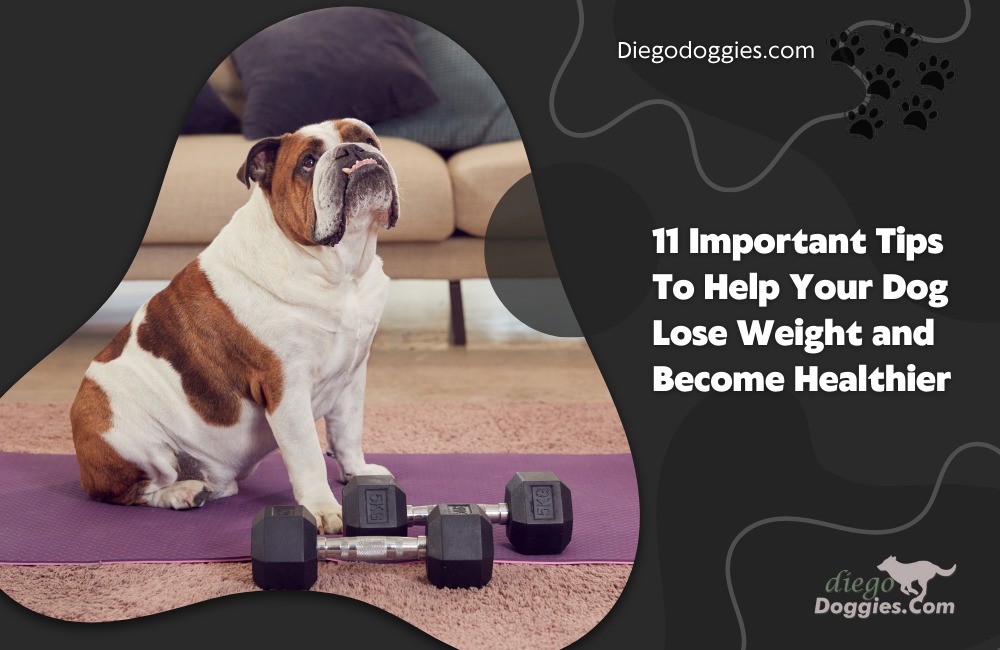Snake aversion or avoidance training is critical for dogs living in areas where snakes are prevalent. Dogs are attracted to snakes and can be killed by them if they are not trained. Snake aversion training trains dogs to avoid and be aware of snakes.
This training is important for the safety of your dog. Snake aversion training can save your dog’s life.
1. Snakes and Dogs: The Basics
This training is important because snakes can kill dogs and dogs are attracted to snakes. The goal is for the dog to associate the presence of a snake with an unpleasant experience. Snake aversion training is most effective when a professional trainer conducts it, but it can also be done at home.
The important thing is to be consistent and to use positive reinforcement, such as treats, when the dog avoids a snake. With proper training, dogs can learn to stay away from snakes and other dangerous animals.
2. Why Do Dogs Attack Snakes?
Dogs are attracted to snakes for a variety of reasons, including the fact that they are predators and have a natural urge to attack snakes. In addition, snakes can sometimes be found in domestic areas where there is food, such as in bird feeders or near garbage cans.
As a result, if you live in a snake-prone area it is important to be aware of your dog’s surroundings and the fact that snakes can be encountered and to provide your dog with snake aversion training if necessary.
3. The Dangers of Snakes to Dogs
Dogs will attack a snake to try and kill it. If the snake is a poisonous variety, it can retaliate and bite and kill your dog.
The poison will not take effect immediately and even if your dog kills the snake the poison from a bite can still kill your dog. Even if the snake is not a poisonous variety it can inflict a nasty wound on your dog that can become infected.
4. Snake Aversion Training for Dogs: What Is It?
Snake aversion training is a process of training dogs to avoid snakes. This is done by using a remote-controlled collar to deliver an electric shock when the dog approaches a snake. The shock is not harmful, but it is enough to startle the dog and make him avoid the areas where snakes are located.
Snake aversion training is an effective way to protect dogs from snakes, and if your dog is under a year old consult your veterinarian first.
5. How Does Snake Aversion Training Work?
Snake aversion training is a type of dog training that is designed to train dogs to avoid snakes. The training usually involves exposing the dog to a snake, either in person or via a photo or video, and then pairing the sight of the snake with an unpleasant experience, such as a loud noise or an electric shock.
Over time, the dog will learn to associate the snake with the unpleasant experience and will avoid snakes as a result. Snake aversion training can be an effective way to protect dogs from snake bites, and it can also be helpful for owners who are concerned about their dogs encountering snakes in the wild.
6. Tips for Avoiding Snake Bites in Dogs
As any dog owner knows, our furry friends are curious creatures. They like to sniff around and explore their surroundings, which can sometimes lead them into dangerous situations. Snake bites are a serious risk for dogs, especially during the warmer months when snakes are more active.
Fortunately, there are a few things you can do to help keep your dog safe from snake bites. One of the best ways to protect your dog is to enroll them in snake aversion training. This type of training trains dogs to associate the sight and smell of snakes with discomfort, so they will be less likely to approach one if they encounter it in the wild.
You can also take some precautions at home to make it less likely that snakes will enter your property. Keep your yard well-trimmed and free of debris, as snakes like to hide in tall grass and piles of leaves. You should also seal any cracks or holes in your foundation or walls, as snakes can slither through small spaces.
By taking these simple steps, you can help keep your dog safe from snake bites.
7. Should you try Snake Aversion Training With Your Dog?
If you have had an experience with your dog attacking a snake you will know how vulnerable your dog is to being killed or injured. The goal is to create an association in your dog’s mind between snakes and something unpleasant so that they will avoid snakes in the future.
Snake aversion training is not without its critics, however. Some experts argue that the training can be stressful for dogs and may not be effective for all dogs. Others argue that snake aversion training is unnecessary if you live in an area where there are no snakes.
The decision of whether to try snake aversion training with your dog is a personal one. If you are considering it, be sure to talk to your veterinarian or a qualified dog trainer first.

8. Alternatives to Snake Aversion Training
Snake aversion training is a popular method to protect dogs from snakes, but there are some alternatives to snake aversion training that you may not be aware of. Dogs are attracted to snakes for many reasons, including the snake’s heat signature, the snake’s movement, and the snake’s smell.
Snake aversion training trains dogs to associate the snake with a negative stimulus, such as a shock collar. However, there are some alternatives to snake aversion training that may be more effective for your dog.
Dogs can be trained to avoid snakes using positive reinforcement, such as treats and praise. You can also use snake-proof products, such as snake gaiters, to provide an additional layer of protection for your dog.
Snake gaiters are designed to protect your dog’s torso from being bitten by a snake, and they can be used in conjunction with snake aversion training or as an alternative to snake aversion training.
Frequently Asked Questions and Answers About Snake Aversion Training
Snake aversion training, also known as snake avoidance training, is a method used to train dogs to stay away from snakes. Snake aversion training typically uses a combination of sound, sight, and smell to create a negative association with snakes in the dog’s mind.
There are many snake aversion training classes for dogs and their owners. It is reported that the overall opinion is that the training is effective in teaching dogs to avoid snakes, but it is not foolproof.
So, if you have a dog that’s off leash in an area where there are snakes, there’s still a possibility that the dog could be bitten. However, snake aversion training can be a helpful tool in keeping dogs safe from snakes.
Conclusion
In conclusion, snake aversion training is a method used to train dogs to stay away from snakes. Snake aversion training typically uses a combination of sound, sight, and smell to create a negative association with snakes in the dog’s mind.
Eric Yardley, who owns Snake Removal USA, offers snake aversion training classes for dogs and their owners.
Snake Aversion Training Providers in California
Snake aversion training is training your dog to associate the sight and smell of snakes with an unpleasant experience, such as a spray of water or citronella. Professional trainers usually do this type of training, but there are also some snake aversion training products available that you can use at home.
There are many snake aversion training providers in California and choosing the right one for your dog can be difficult. Some things you may want to consider include the types of snakes found in your area, the age and temperament of your dog, and whether you want an in-person or online course.
Here are seven snake aversion training providers in California that can help your dog learn to avoid snakes:
1. Schedule of Rattlesnake Aversion Training in California by Natural Solutions
2. Snake aversion training by K9 Units – K9 Units offers snake avoidance courses for dogs of all ages and breeds.
3. Snake Guards – Snake Guards offers snake aversion training for dogs of all sizes and ages. They have courses available in Northern and Southern California, as well as online courses.
4. Snake safety for dogs by Sit Means Sit – Sit Means Sit offers snake safety courses for dogs of all ages and breeds. They have locations throughout California, as well as online courses.
5. Snake training by Pawsitively K9 – Pawsitively K9 offers snake avoidance training for dogs of all sizes and ages. They have locations throughout California, as well as online courses.
6. Snake Free Zone – Snake Free Zone offers snake aversion training for dogs of all sizes and ages. They have locations throughout California, as well as online courses.
7. Avoiding Snakes – Avoiding Snakes offers snake aversion training for dogs of all sizes and ages. They have locations throughout California, as well as online courses.
Related Contents
- 11 Important Tips To Help Your Dog Lose Weight and Become Healthier
- 11 Types of Dog Tails and What They Mean
- Swimming Safety Tips for Your Dog
- 14 Ways to Help Keep Your Dog Happy and Healthy
- Hiking and Backpacking With A Dog
- 5 Reasons Why Your Dog Needs a Dog Life Jacket
- A Step-By-Step Guide To Removing A Tick From Your Dog
- Collars Versus Harnesses for French Bulldogs
- Cutting a Dog’s Nails: How to Prevent Bleeding
- Dachshund Health Problems and How to Prevent Them
- Dog Itchy Skin Home Remedies

